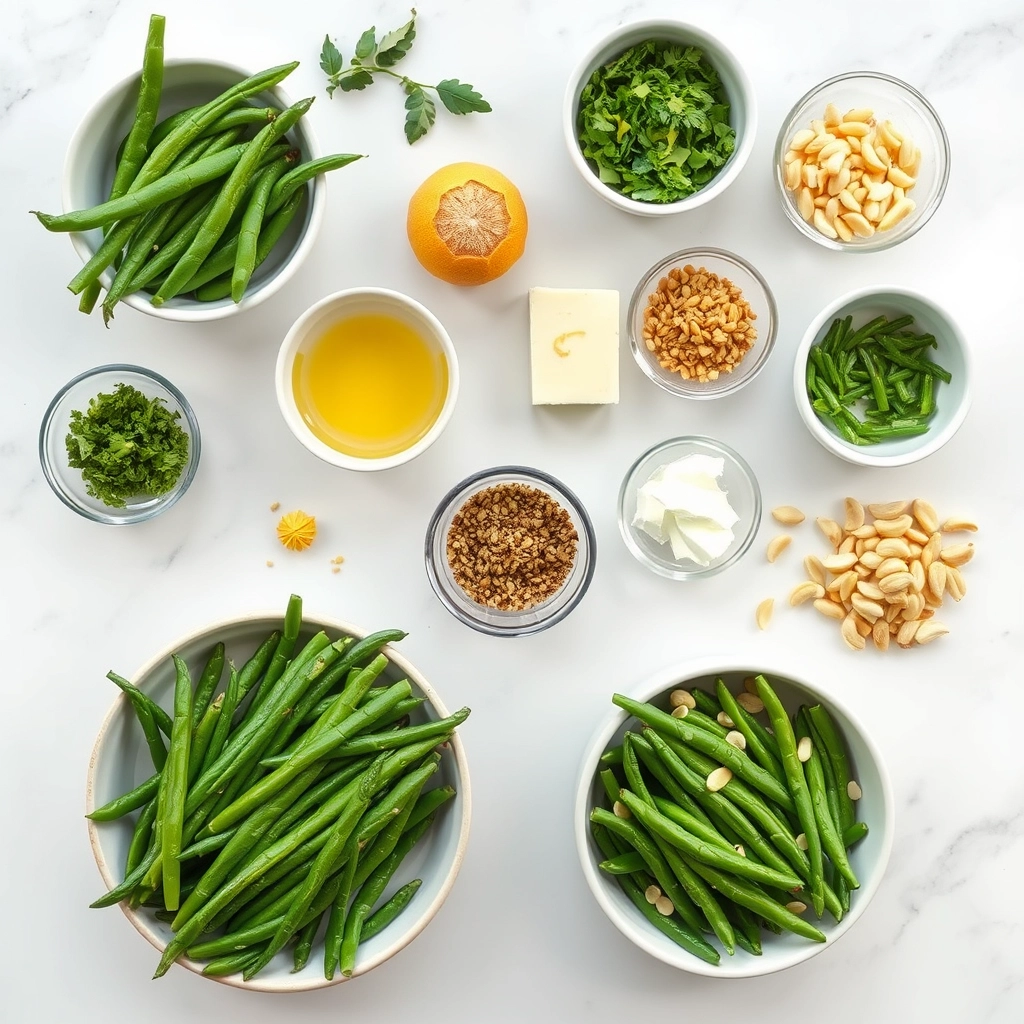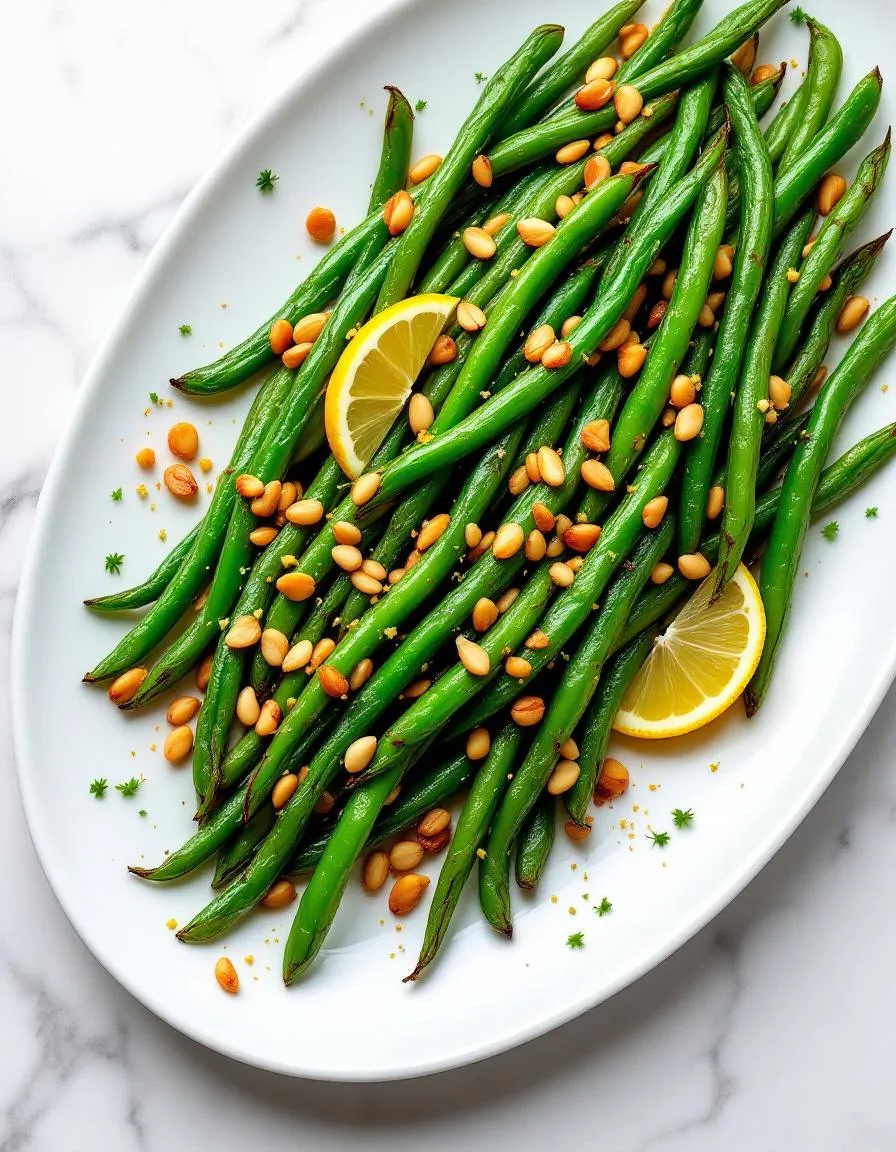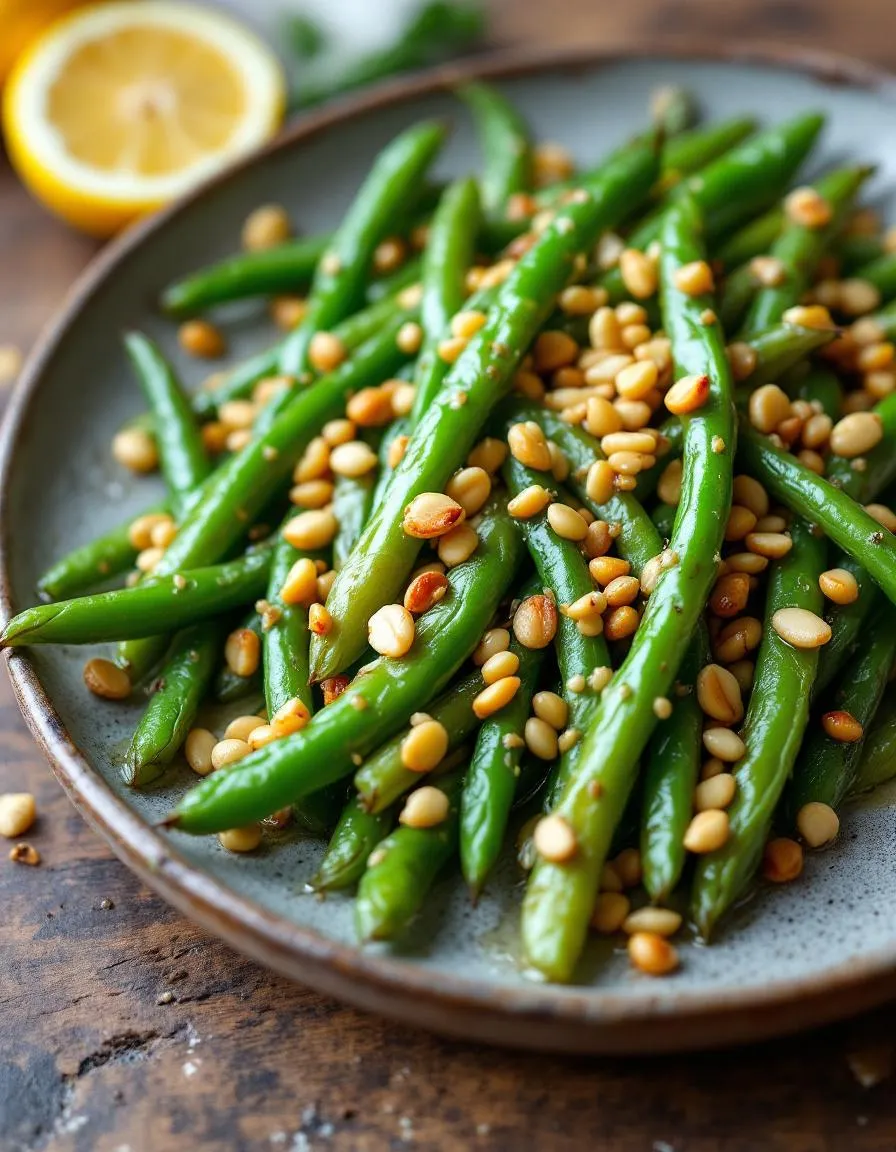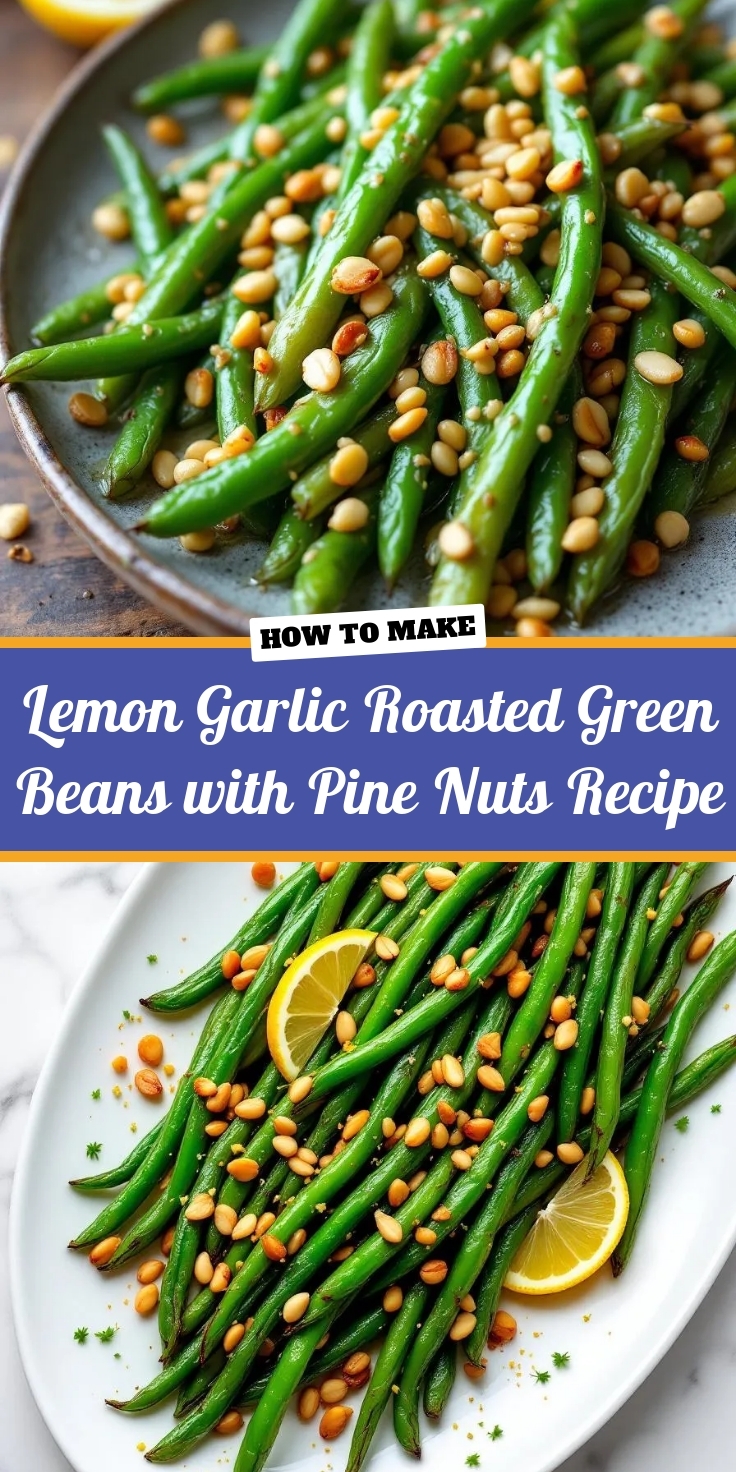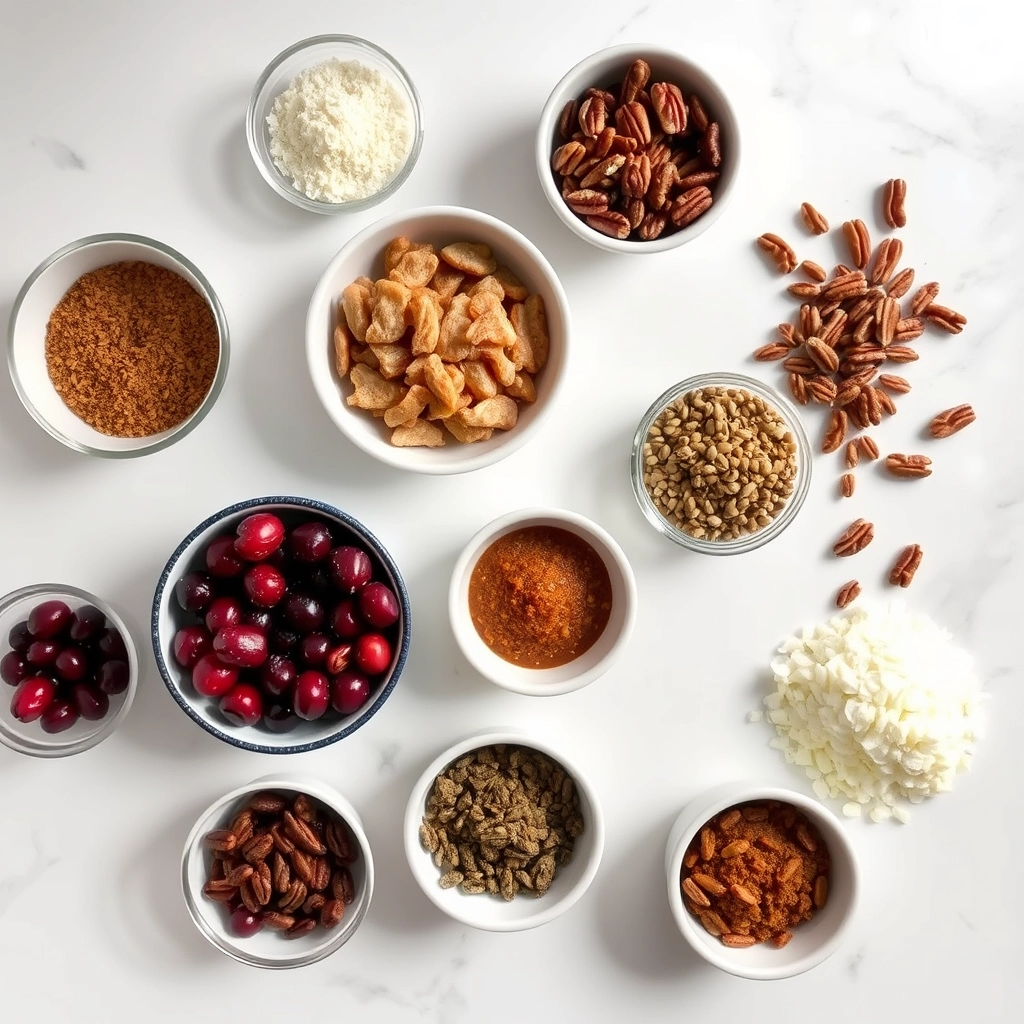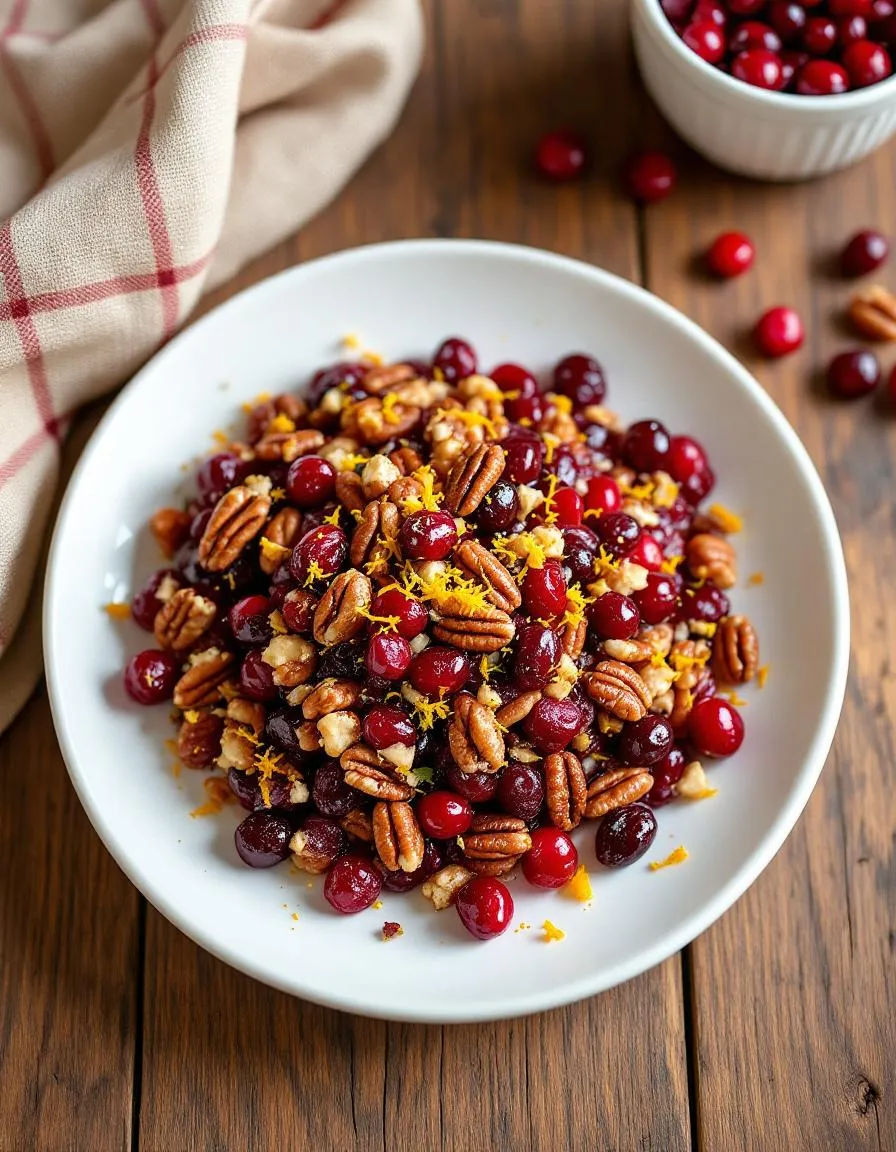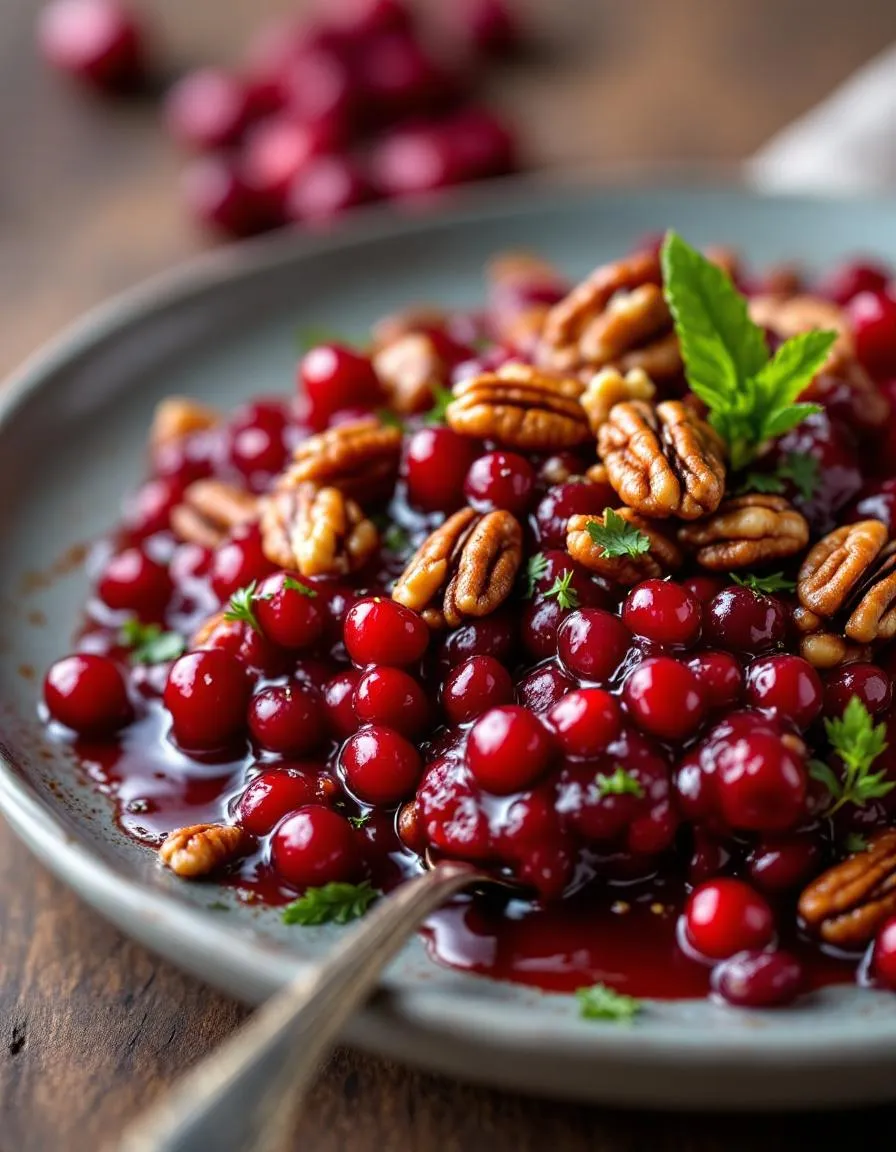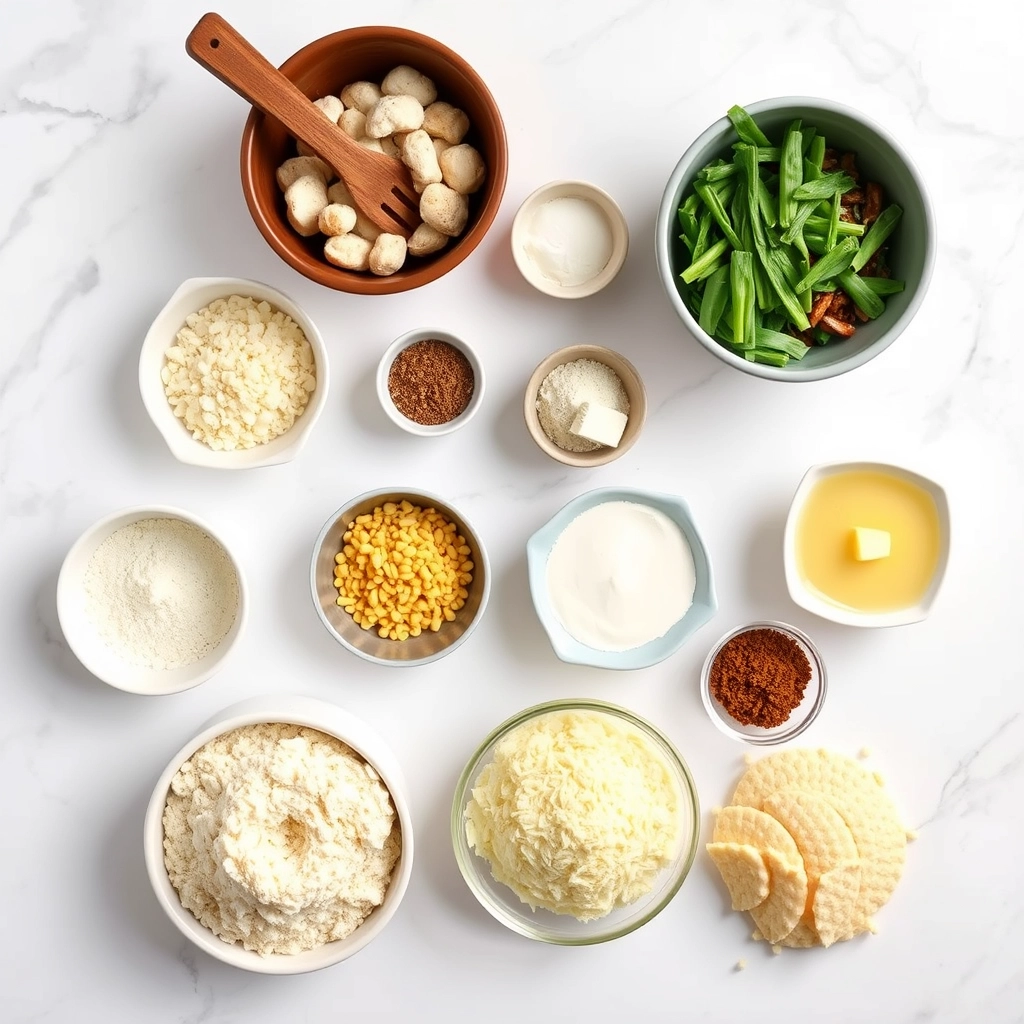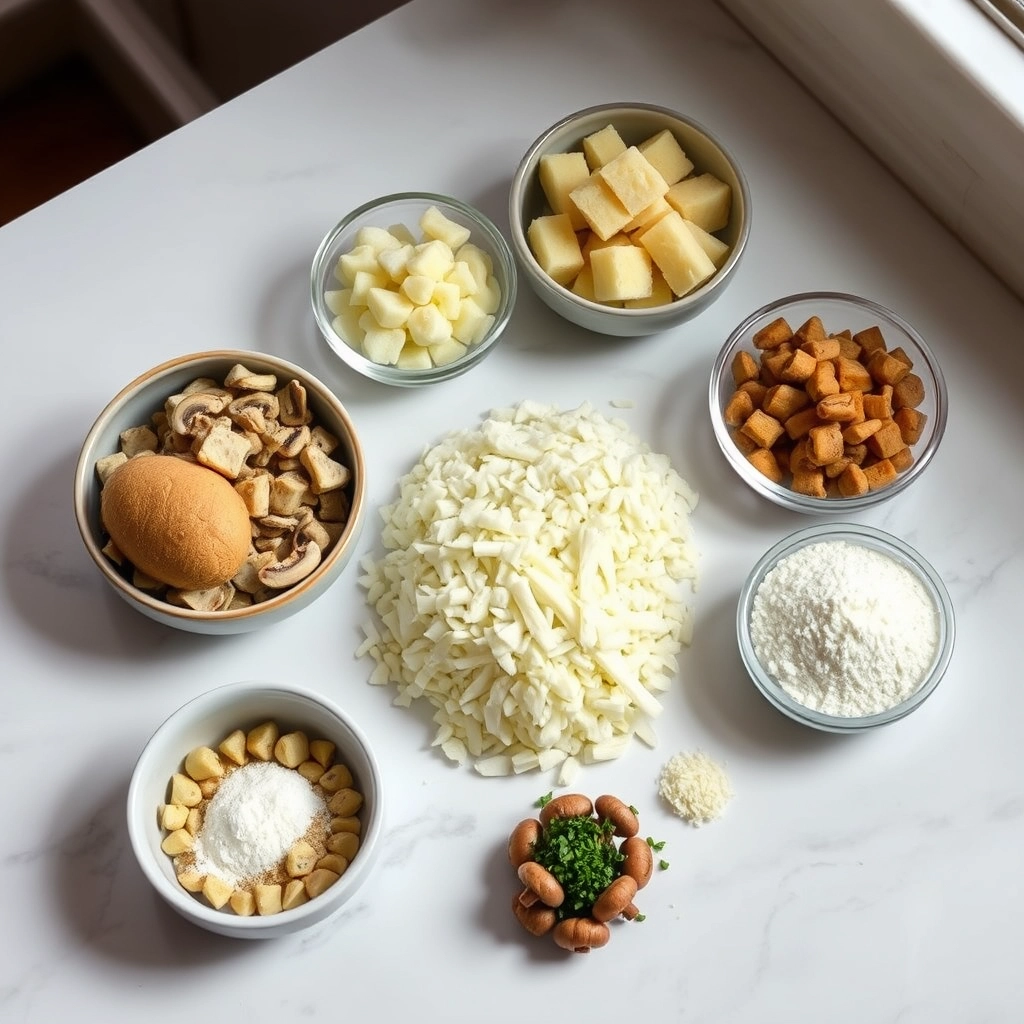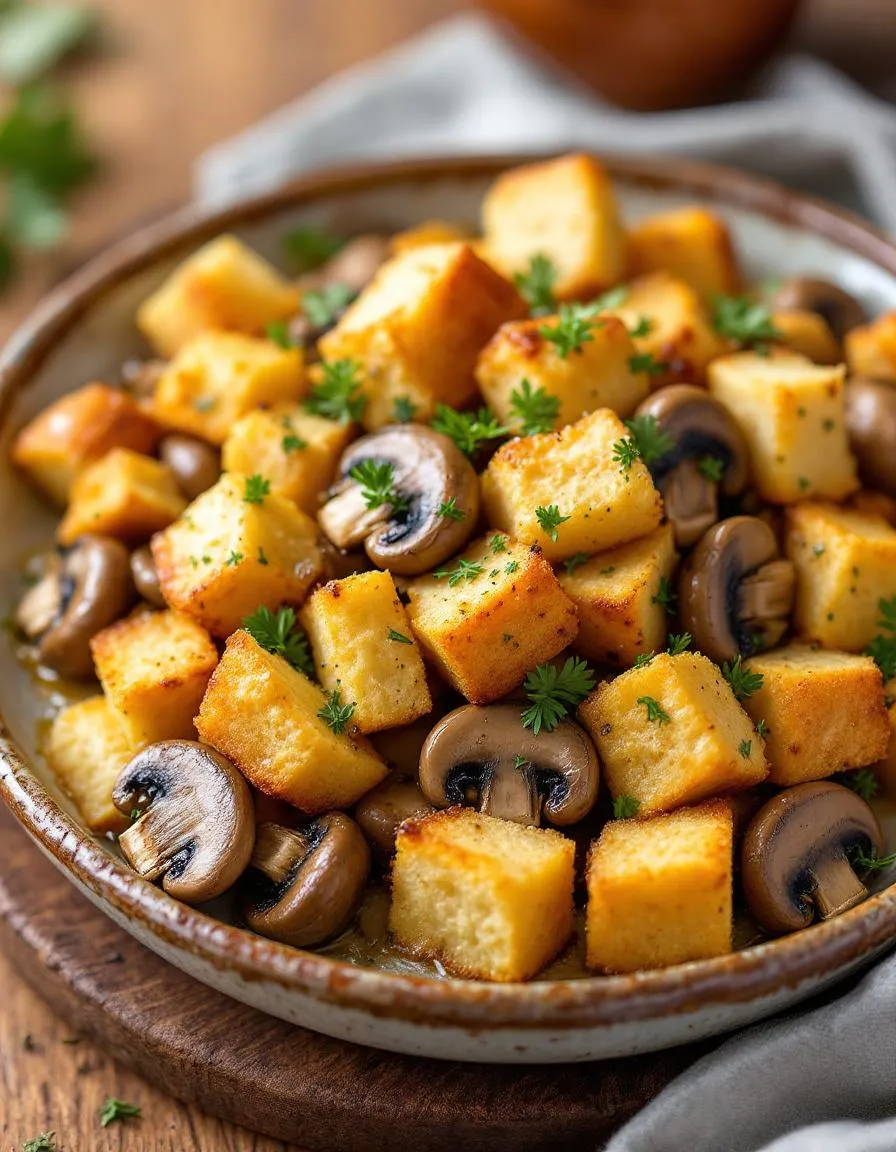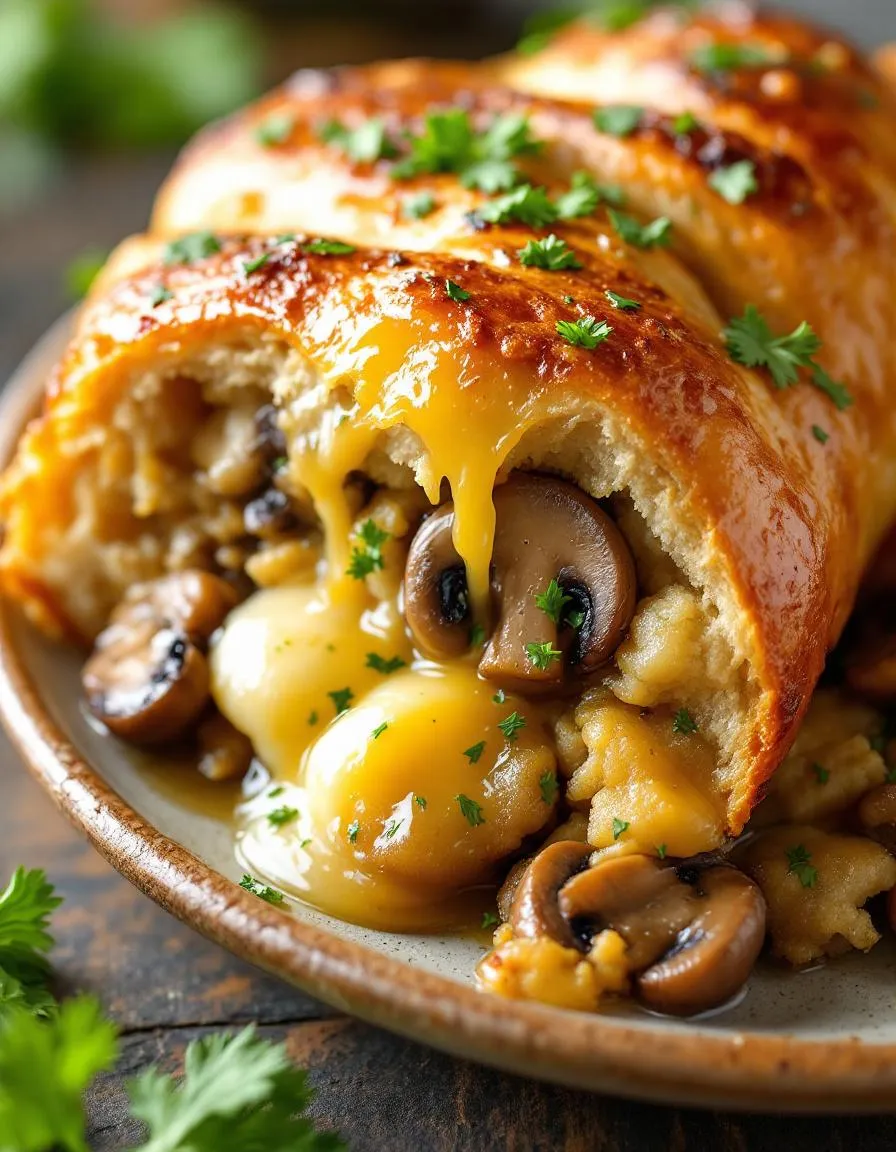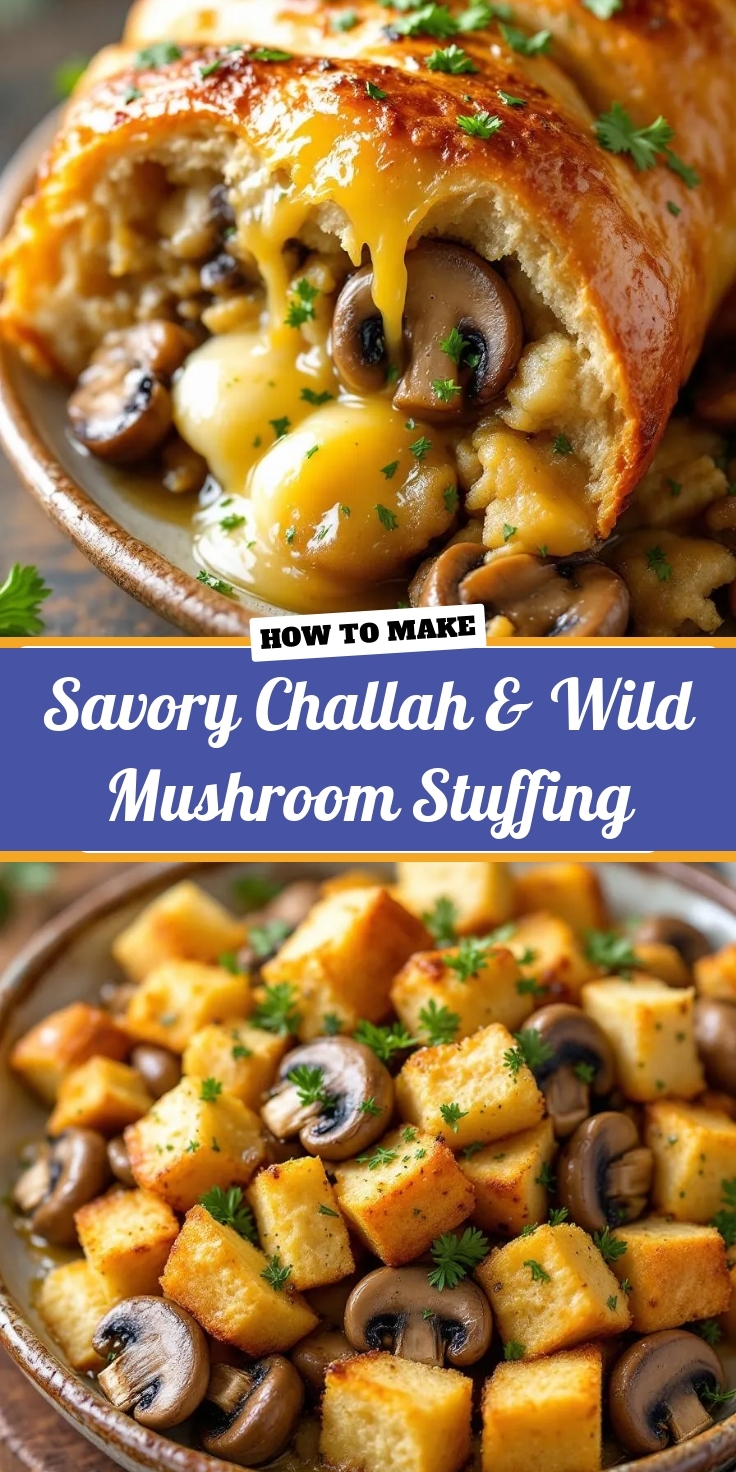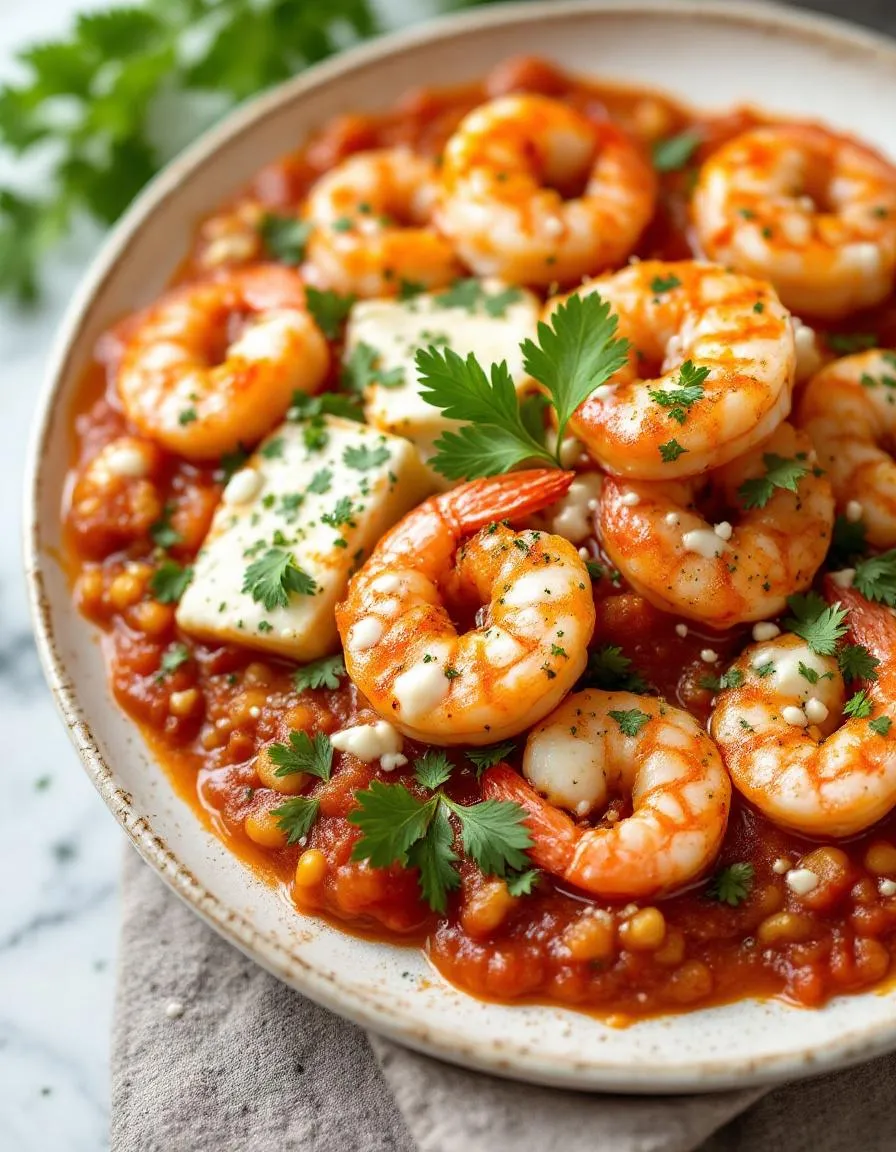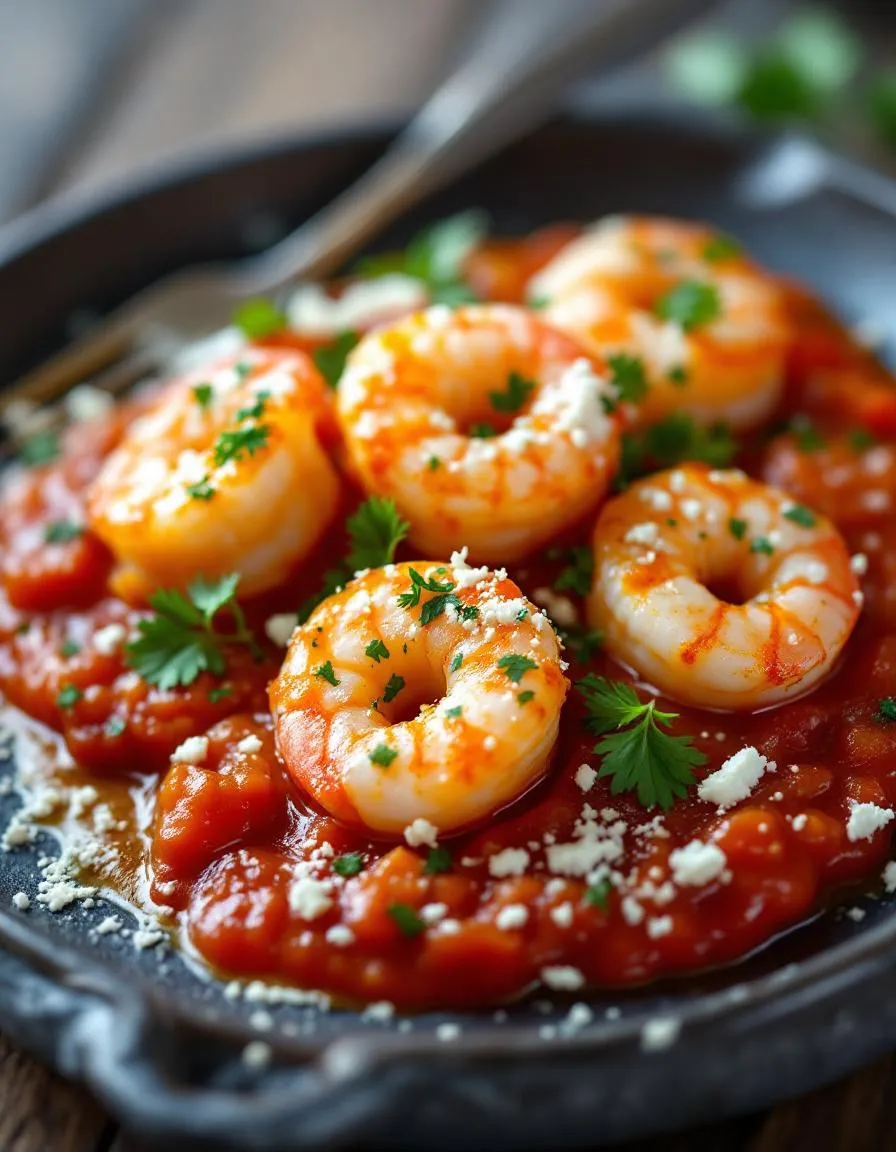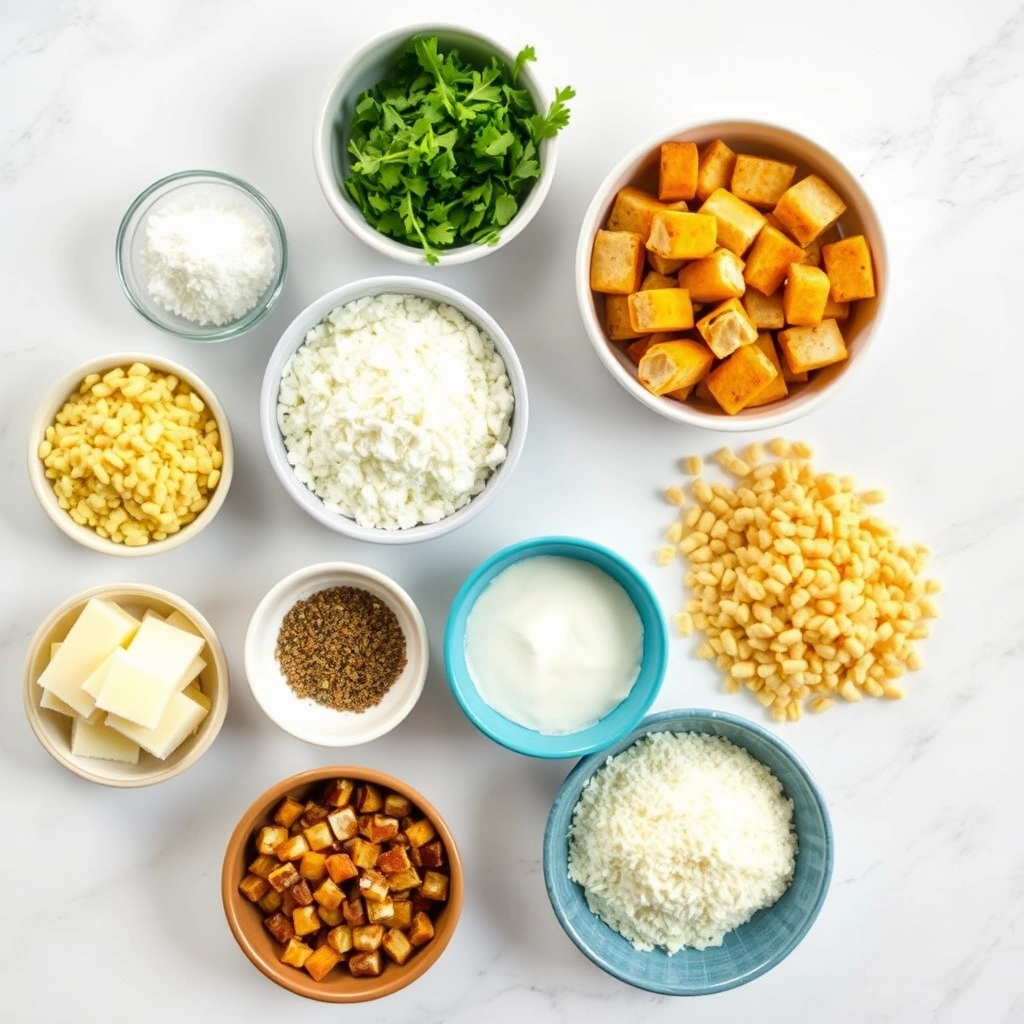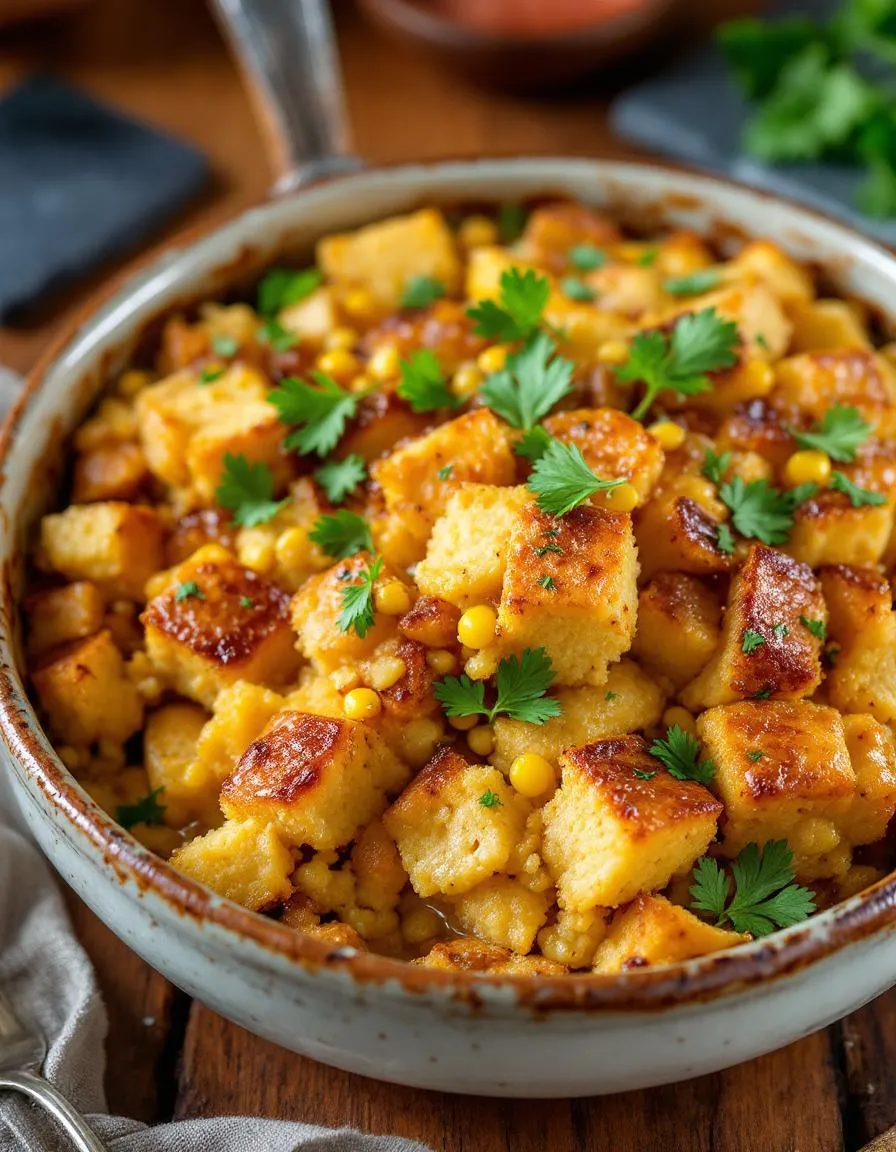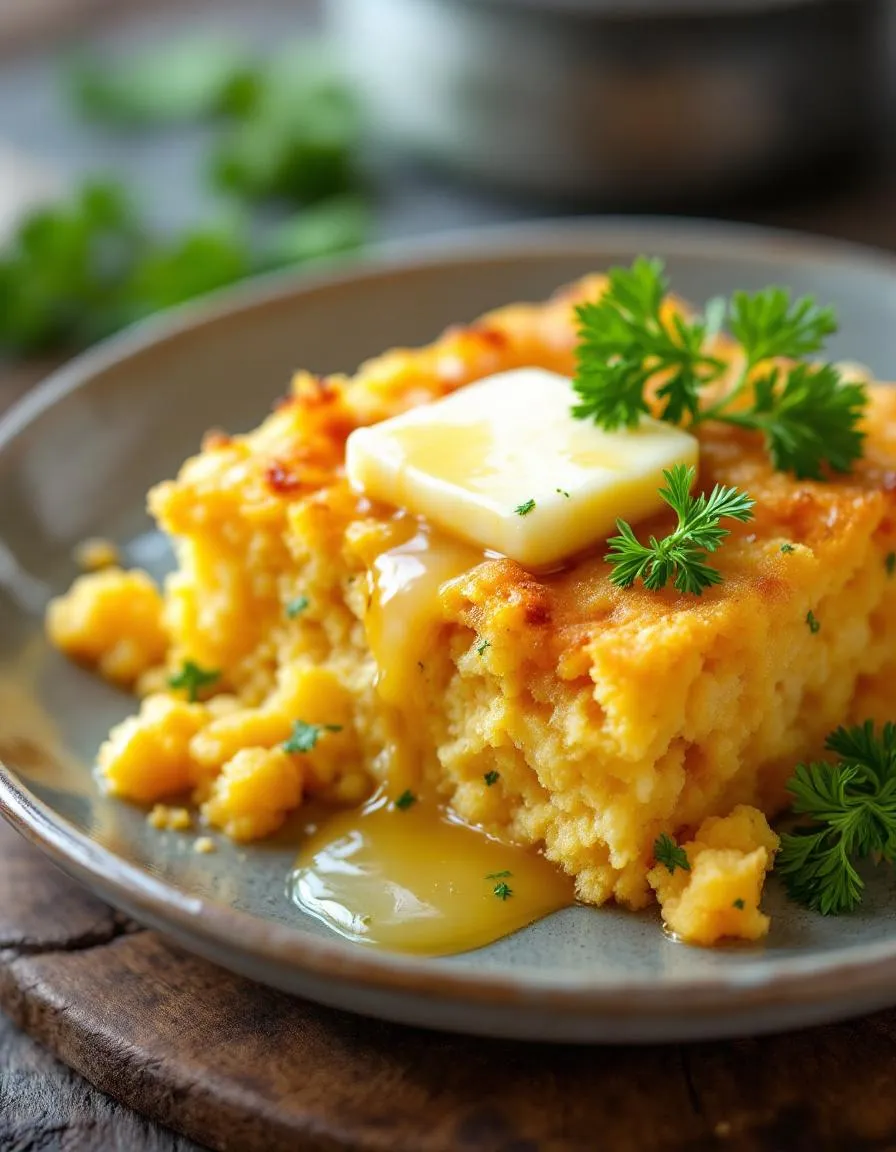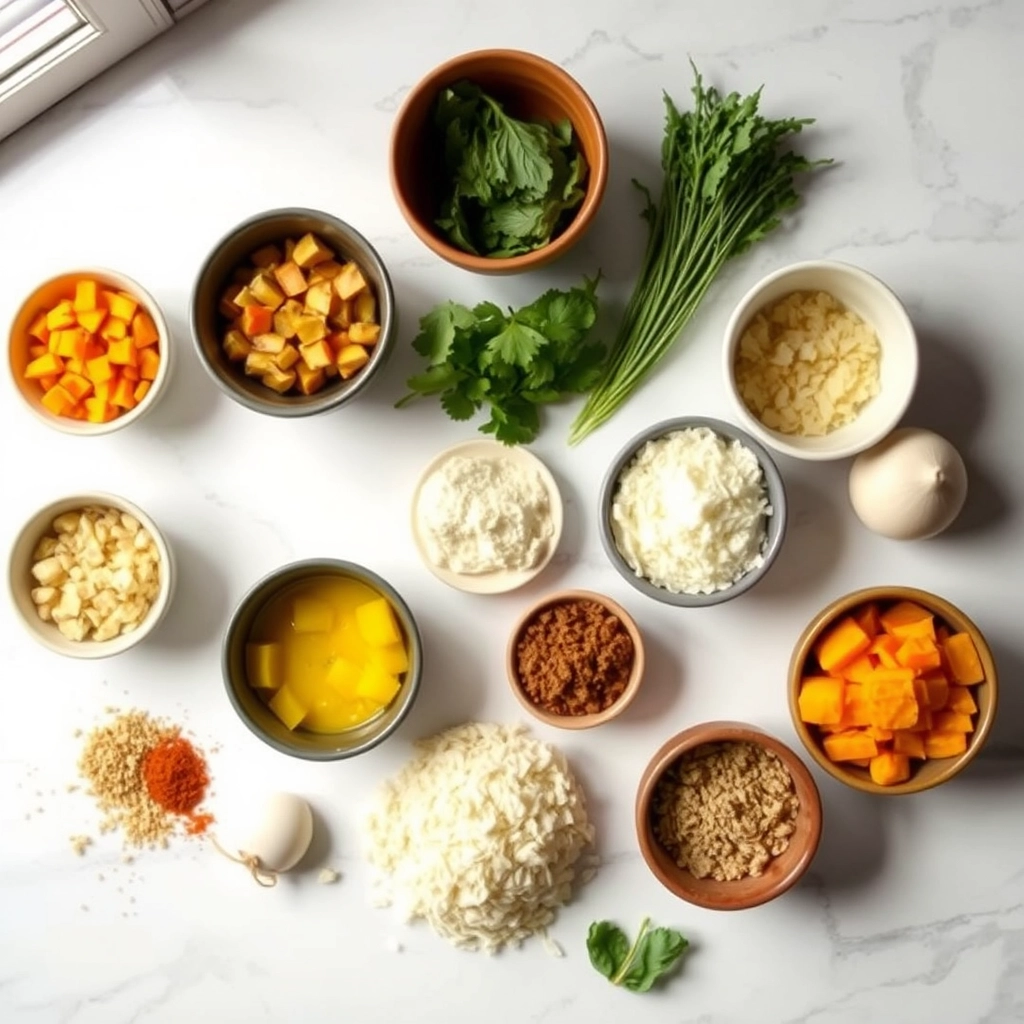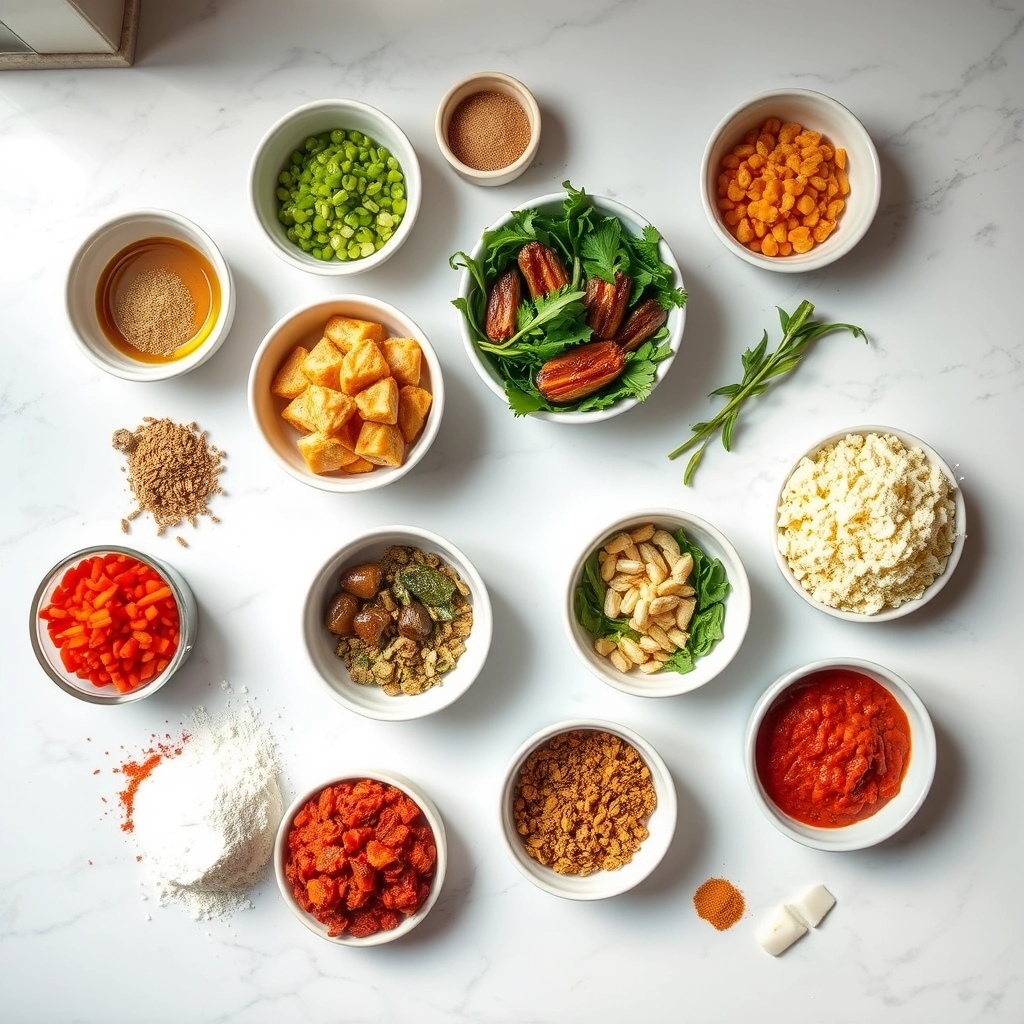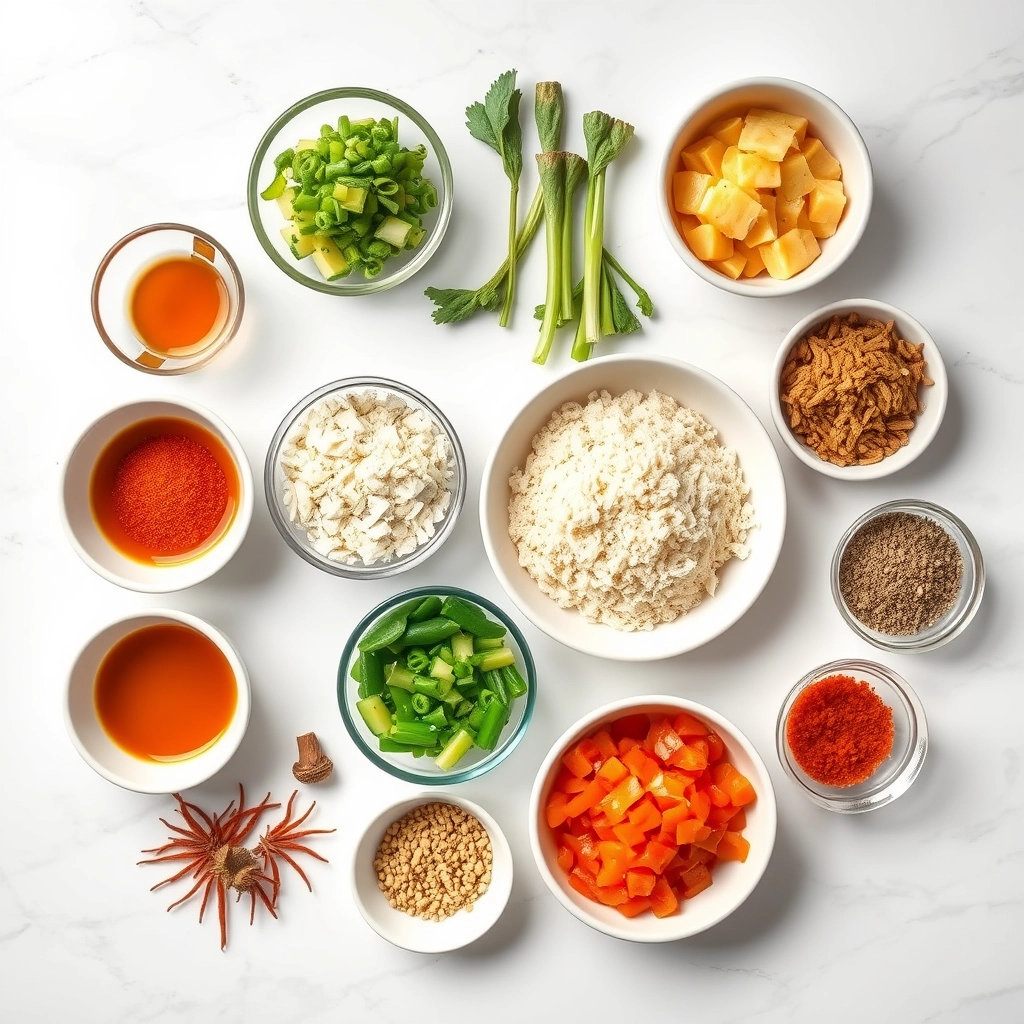Introduction
If you’ve ever craved a bite-sized snack that’s crispy on the outside, irresistibly cheesy on the inside, and packed with flavor, you’re in the right place. Today, I’m sharing my beloved Cheesy Brazilian Bread Bites Recipe—a crowd-pleaser that brings people together. Whether you’re hosting a game night or simply treating yourself, these golden puffs deliver comfort in every bite. Plus, they’re surprisingly easy to make, even if you’re new to baking.
Cheesy Brazilian Bread Bites, or pão de queijo, hail from Brazil but have won hearts worldwide. Traditionally made with tapioca flour and queijo minas cheese, this recipe offers a delicious twist with accessible ingredients. What makes these bites special is their unique texture—lightly crisp yet delightfully chewy—and their rich, cheesy flavor. They’re naturally gluten-free, making them a versatile option for gatherings. On brekcakes.com, we celebrate recipes that blend simplicity with bold flavors, and this one fits perfectly. For more gluten-free inspiration, check out our gluten-free desserts collection. And if you love cheesy treats, don’t miss our comfort food recipes for more hearty ideas.
Why I Love This Recipe
These Cheesy Brazilian Bread Bites hold a special place in my heart because they remind me of my first trip to Brazil. I stumbled upon a tiny bakery in Rio, where the aroma of freshly baked pão de queijo lured me in. One bite, and I was hooked. When I recreated them at home, they became an instant hit with my family. Now, they’re our go-to snack for movie nights and lazy Sundays. There’s something magical about how such simple ingredients can create such joy—and I can’t wait for you to experience it too.
Health and Nutrition
Why it’s good for your body
Cheesy Brazilian Bread Bites Recipe packs a nutritious punch while satisfying your cravings. First, the tapioca flour base makes these bites naturally gluten-free, so they’re gentle on sensitive stomachs. Additionally, the cheese delivers a boost of protein and calcium, which strengthens bones and muscles. Since each bite is baked, not fried, you’ll enjoy a lighter treat with less guilt.
Moreover, Cheesy Brazilian Bread Bites Recipe contains healthy fats from cheese and eggs, keeping you full longer. These fats also support brain function and energy levels. The recipe skips added sugars, so you won’t experience a crash after snacking. Instead, the natural savory flavors keep your taste buds happy without spiking blood sugar.
Finally, the bite-sized portions encourage mindful eating. You can savor a few without overindulging. Whether you serve them as an appetizer or snack, Cheesy Brazilian Bread Bites Recipe balances flavor and nutrition effortlessly. Pair them with a fresh salad or protein-rich dish for a well-rounded meal.
How it fits in a healthy lifestyle
Cheesy Brazilian Bread Bites Recipe fits seamlessly into a balanced diet. If you’re gluten-free, the tapioca flour base ensures you can enjoy bread-like treats without discomfort. For those focusing on heart health, the moderate cheese content provides flavor without excessive saturated fat. You can even tweak the recipe with low-fat cheese for a lighter version.
These bites also work well for meal prep. Make a batch ahead and store them for quick snacks throughout the week. Pair them with a protein-packed dip or fresh veggies for extra nutrients. If you’re exploring more gluten-free options, check out our gluten-free baking guide for expert tips. For those balancing indulgence and health, our healthy snack ideas offer plenty of inspiration. Cheesy Brazilian Bread Bites Recipe proves that tasty and wholesome can go hand in hand.
Cheesy Brazilian Bread Bites
Description
Deliciously cheesy and gluten-free Brazilian bread bites, perfect as a snack or appetizer.
Ingredients
Scale
For the Crust:
- 2 cups tapioca flour
- 1 cup milk
- 1/2 cup vegetable oil
- 2 eggs
- 1 1/2 cups grated Parmesan cheese
- 1 tsp salt
Instructions
1. Prepare the Crust:
- Preheat oven to 375°F (190°C) and grease a mini muffin tin.
- Blend all ingredients in a blender until smooth.
- Pour the batter into the prepared muffin tin, filling each cup about 3/4 full.
- Bake for 20-25 minutes or until golden brown and puffed.
- Serve warm and enjoy!
Notes
You can customize the seasonings to taste.
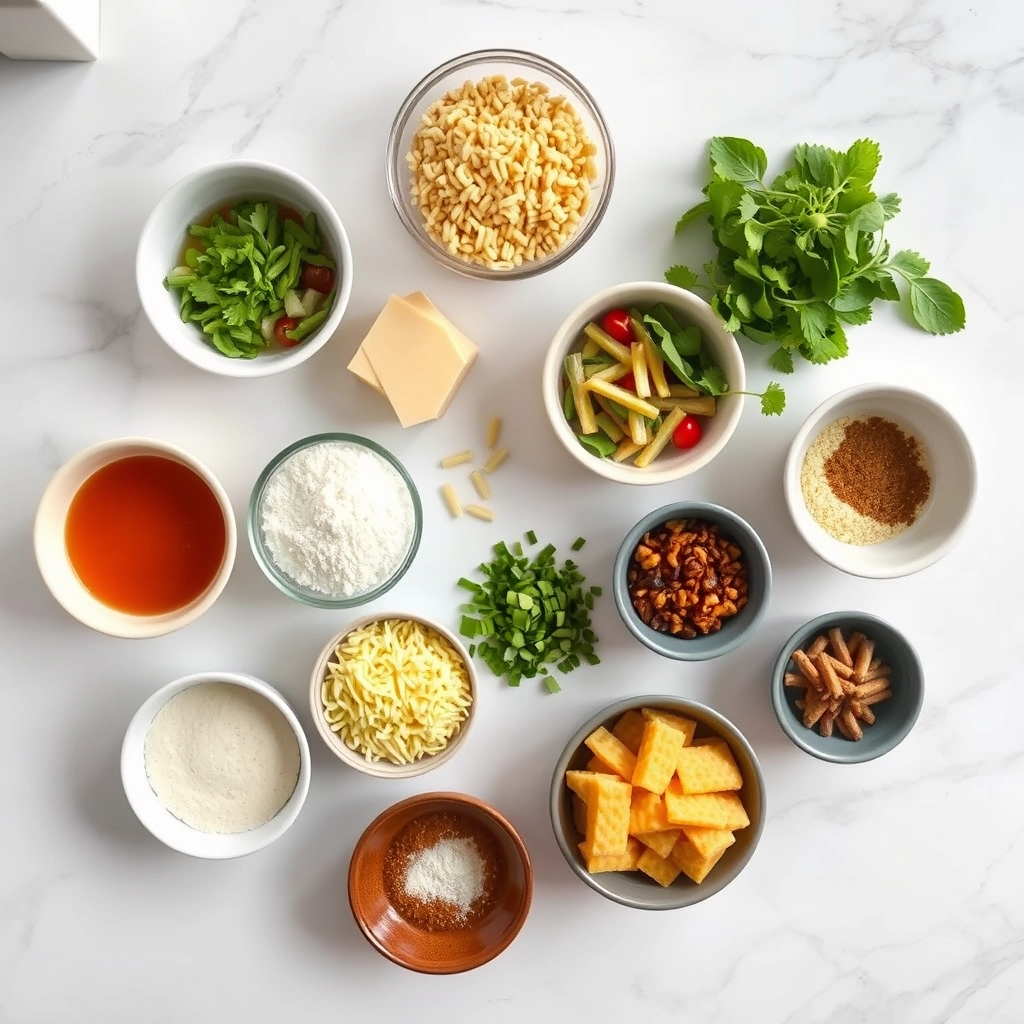
How to Prepare This Dish
Steps and time-saving tips
First, preheat your oven to 375°F and line a baking sheet with parchment paper. Meanwhile, whisk together tapioca flour, milk, eggs, and melted butter in a large bowl until smooth. Next, fold in shredded cheese—traditionally queijo minas or parmesan works best—until evenly distributed. For extra flavor, try adding a pinch of garlic powder or chopped herbs. Scoop tablespoon-sized portions of the batter onto the baking sheet, spacing them about an inch apart. Bake for 15-18 minutes until golden and puffed. While they cool slightly, prepare a quick dipping sauce like chimichurri or spicy mayo. To save time, mix the dry ingredients the night before and store them in an airtight container. Also, use a cookie scoop for evenly sized bites, which ensures even baking. Serve warm for the best texture, as these Cheesy Brazilian Bread Bites Recipe delights taste best fresh out of the oven.
Mistakes I’ve made and learned from
Early on, I overmixed the batter, which made my Cheesy Brazilian Bread Bites Recipe dense instead of light and airy. Now, I gently fold the cheese into the wet ingredients just until combined. Another blunder? Skipping the parchment paper—trust me, these bites stick like glue to bare pans. If you’re out of parchment, a light grease with oil works in a pinch. I also learned the hard way that underbaking leads to gummy centers. For perfect results, use an oven thermometer to verify the temperature, especially if your oven runs cool. For more troubleshooting tips, check out my guide on common baking mistakes. And if you love cheesy recipes, don’t miss my easy cheese appetizers roundup for more crowd-pleasing ideas.

Cultural Connection and Variations
Where this recipe comes from
Cheesy Brazilian Bread Bites, or “pão de queijo,” carry a rich history that stretches back to colonial Brazil. Originally, cooks made these bite-sized delights with cassava flour, a staple ingredient in indigenous cuisine, and leftover cheese from Portuguese settlers. Over time, the recipe evolved into the beloved snack we know today, often enjoyed at breakfast or as an afternoon treat with coffee. Families across Brazil still argue over the perfect texture—some prefer a crisp exterior, while others love a gooey, stretchy center.
Interestingly, variations of Cheesy Brazilian Bread Bites pop up worldwide. In Colombia, they add a touch of sugar for a sweeter twist. Meanwhile, in Japan, bakers sometimes incorporate matcha or yuzu for a unique flavor. Even in my own kitchen, I’ve swapped traditional queijo minas for sharp cheddar when I crave extra tang. No matter the adaptation, the essence remains: warm, cheesy, and irresistibly comforting.
How it fits in today’s cooking
Today, Cheesy Brazilian Bread Bites fit seamlessly into modern cooking, whether as a party appetizer or a quick gluten-free snack. Busy home cooks love how easily they come together, especially when using a blender for the dough. Plus, they’re a hit at gatherings, pairing perfectly with dips like garlic herb dip or spicy chimichurri.
Seasonal twists keep the recipe fresh year-round. During the holidays, some add rosemary or cranberries for a festive touch. Others bake them in batches and freeze for busy weeknights, proving this classic adapts to any routine. For more inspiration on versatile bites, check out these easy meal prep ideas. No wonder pão de queijo remains a global favorite—it’s tradition and convenience rolled into one delicious bite.
Taste and Texture
What makes it delicious
Cheesy Brazilian Bread Bites Recipe delivers a mouthwatering blend of textures and flavors that make every bite irresistible. The exterior bakes to a golden, slightly crisp shell, while the inside stays soft, chewy, and bursting with gooey cheese. Each piece offers a rich, buttery aroma with a hint of garlic, thanks to the tangy Parmesan and creamy mozzarella folded into the dough. The chewiness of tapioca flour gives these bites a uniquely satisfying pull, while the cheese melts into pockets of savory goodness. Whether served warm or at room temperature, Cheesy Brazilian Bread Bites Recipe keeps its addictive, slightly salty finish that keeps you reaching for more.
Boosting the flavor
Elevate your Cheesy Brazilian Bread Bites Recipe with a few easy tweaks. For extra depth, mix in crumbled bacon or finely chopped jalapeños before baking. A sprinkle of smoked paprika or fresh herbs like rosemary adds a fragrant kick. Serve them with a zesty garlic aioli or a tangy chimichurri sauce for dipping. If you prefer a sharper cheese flavor, swap mozzarella for aged cheddar or Gruyère. Experimenting with different cheeses or spices lets you customize these bites to match any craving.

Tips for Success
Best practices for results
Always use room-temperature ingredients for the Cheesy Brazilian Bread Bites Recipe, as this helps the dough come together smoothly. Meanwhile, chill the dough for at least 30 minutes before shaping to prevent spreading during baking. For the best texture, bake the bites on parchment paper and avoid overcrowding the tray. Additionally, grate your own cheese instead of using pre-shredded varieties for maximum meltiness. Finally, serve the Cheesy Brazilian Bread Bites warm to enjoy their gooey center at its best.
Mistakes to avoid
One common mistake is overmixing the dough, which can make the Cheesy Brazilian Bread Bites dense instead of light. Instead, mix just until the ingredients combine for the perfect texture. Another error is skipping the resting time for the dough, but patience ensures the bites hold their shape. If your bites turn out dry, check out our guide on baking moist breads for troubleshooting tips. Also, avoid using low-fat cheese, as it won’t deliver the same rich flavor—learn more about choosing the right cheese in our cheese selection guide.
Serving and Pairing Suggestions
How to serve this dish
Serve these Cheesy Brazilian Bread Bites warm for the best texture and flavor. Arrange them in a rustic wooden bowl or on a slate platter for a cozy, inviting look. For a festive touch, sprinkle fresh parsley or chives on top just before serving. Meanwhile, these bites shine at brunch gatherings, holiday parties, or as a game-day snack. If you want to elevate the presentation, pair them with small skewers for easy grabbing. Whether you stack them high or scatter them casually, Cheesy Brazilian Bread Bites always steal the spotlight.
What goes well with it
Pair Cheesy Brazilian Bread Bites with a tangy chimichurri sauce for a vibrant contrast to their rich cheesiness. Alternatively, try them alongside a fresh avocado salad to balance the dish with creamy, crisp flavors. For drinks, a chilled glass of sparkling lemonade or a light iced coffee complements the savory notes perfectly. Each pairing enhances the experience, making every bite even more memorable.

Cheesy Brazilian Bread Bites, also known as Pão de Queijo, are made with tapioca flour, cheese (typically Parmesan or Minas cheese), eggs, milk, and oil. These ingredients create a gluten-free, chewy texture with a crispy exterior. The recipe is simple but delivers a deliciously cheesy flavor that makes these bites irresistible.
Yes! You can prepare the dough for Cheesy Brazilian Bread Bites in advance and refrigerate it for up to 24 hours before baking. For longer storage, freeze the unbaked dough balls and bake them straight from the freezer, adding a few extra minutes to the cooking time. This makes them a great make-ahead appetizer or snack.
Absolutely! Cheesy Brazilian Bread Bites are naturally gluten-free because they use tapioca flour instead of wheat flour. This makes them a perfect option for those with gluten sensitivities or celiac disease. Just ensure all other ingredients, like cheese, are certified gluten-free if needed.
Traditional Cheesy Brazilian Bread Bites use Minas cheese or Parmesan, but you can substitute with other meltable cheeses like mozzarella, cheddar, or a blend. The key is choosing a cheese with a strong flavor that melts well. Experiment to find your favorite combination for these addictive little bites.


